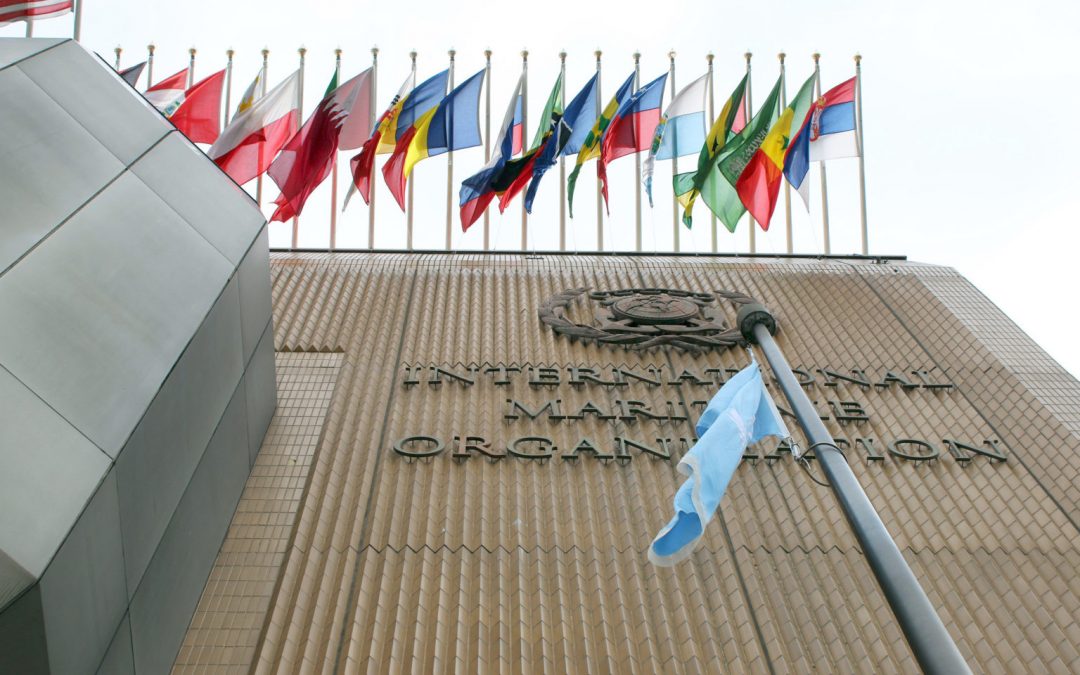Shipowners need to provide more operational data so that the International Maritime Organization can have a better regulatory framework around a center piece of its emissions regulations, the Carbon Intensity Index, some industry participants said March 7.
From the beginning of this year, the IMO has required ship operators to calculate each vessel’s CII based on its annual CO2 emissions per sailing distance multiplied by vessel capacity in deadweight or gross tons.
Analysts, including those at S&P Global Commodity Insights, said the methodology may lead to longer ballasting legs where fuel consumption is lower for some ships to achieve better CII ratings artificially.
“If you are ballasting and you’re not carrying that deadweight of the cargo, CII will be very good,” said Nishant Dhyani, head of fleet efficiency at Swire Shipping and Swire Bulk, which own and operate boxships and dry bulk carriers.
“[But] ships are there to transport the cargo, not to get good CII,” Dhyani said in an industry forum.
The CII methodology is based on the IMO’s data collection system, under which shipowners have only been willing to share capacity rather than cargo information, citing commercial confidentiality.
In contrast, the EU’s monitoring, reporting and verification system has required shipowners to provide data on the amounts of cargo they carry to calculate the Energy Efficiency Operational Indicators. The EU’s system is available to the public while the IMO’s is not.
Some industry officials, including Dhyani, suggested the EEOI would be a better indicator of the carbon intensity of transport work than the CII as the former takes into account actual cargo carriage.
“I’m always going to again ask people that ‘please share your cargo details with us,’ so that we can make the benchmarks for your CII calculation,” Dhyani said. “We have to be transparent…You’ll have to play the game fair.”
More disclosures
In addition, major charterers like Equinor and TotalEnergies are expected to use the EEOI formula to calculate their Scope 3 emissions, which could fall under the purview of required disclosures in future securities regulations.
“Let’s get our data, make sure it’s correct,” tanker operator Odfjell chair Laurence Odfjell said in the same forum. “I love the fact that these big customers have to report this.”
But Odfjell said the IMO might better focus on developing a price mechanism for vessel emissions, most likely in the form of a carbon levy on fuel consumption. This is because fuel consumption would be linked to the amount of cargo transported and reflect emission levels, he suggested.
Catrine Vestereng, vice president and business director for tankers at classification society DNV, said the carbon levy could be a solution but stressed that the industry in general “needs to be more transparent.”
“We are a bit afraid that the CII rules are going to incentivize the wrong [behavior and] give benefit to go ballasting,” Vestereng said.
Source: Hellenic Shipping News






